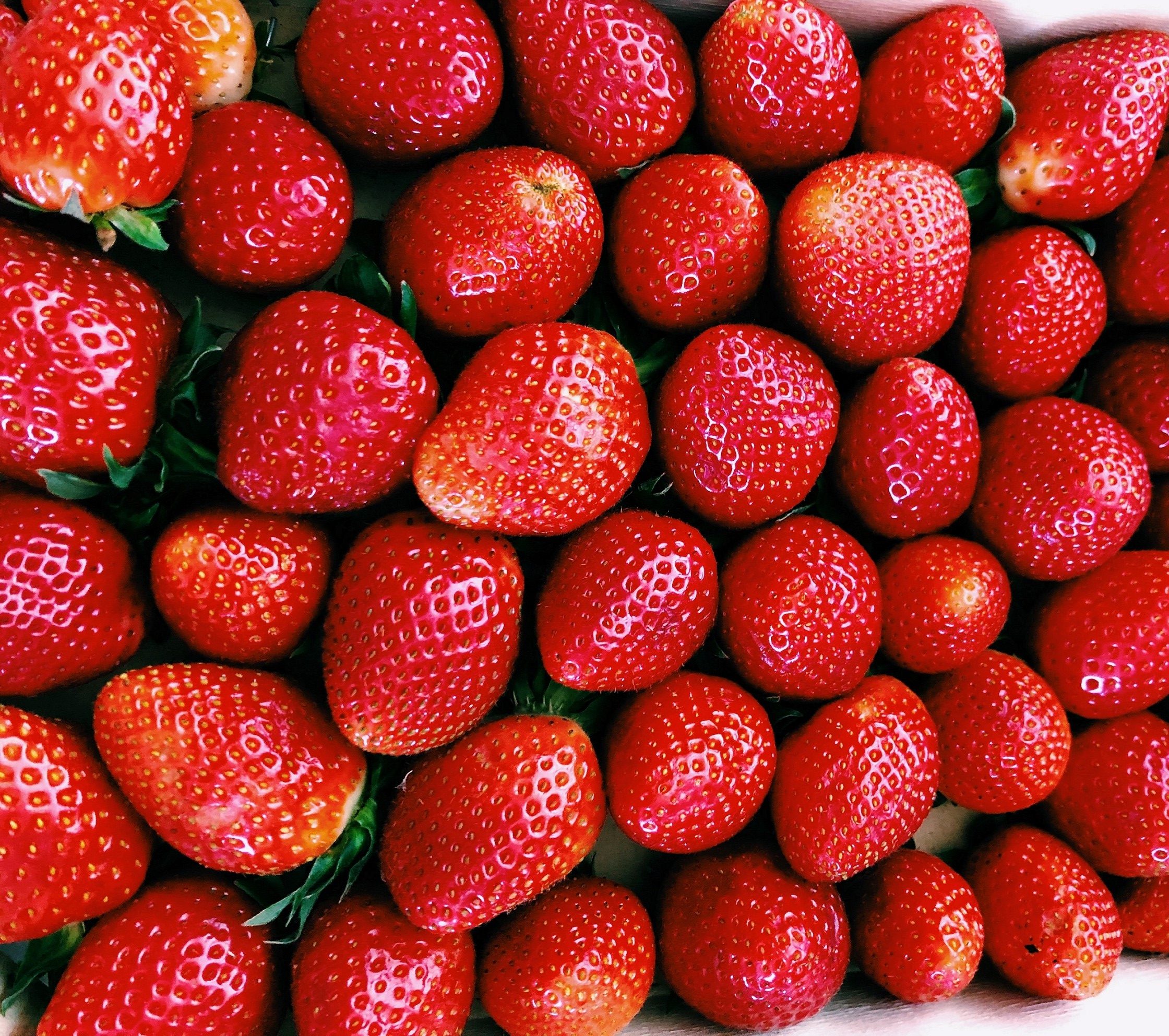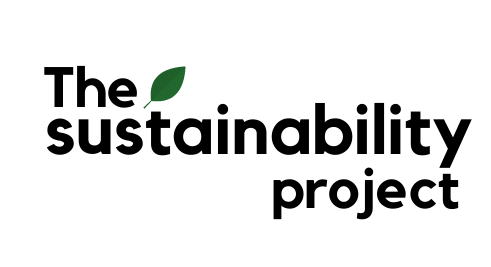Food waste occurs in every stage of the supply chain. However, do you know that food wastage is the highest on the consumer level?
An average household in Singapore throws away an estimated $258 worth of unconsumed food annually. That is equivalent to 86 plates of meals being thrown away.
A big number, isn’t it? Going forward, what are the reasons behind those figures? Why is food largely wasted? How can consumers reduce food waste within our households?
In this article, we will be exploring the food waste behaviours of consumers as well as some tips and solutions in reducing waste!
How Consumers Contribute to Food Waste
“I’m too full to finish my food”. “The milk has passed the expiry date, don’t drink it”. “Remember to pick the smoothest and biggest apples in the supermarket”. “I bought more because they are on sale”.
If these phrases are familiar to you, ask yourself if you practice these behaviours. These are also identified as the main consumers’ behaviours that explain the figures of food wastage in Singapore
1) Cosmetic Filtering
2) Impulsive Buying Behaviour
3) Throwing Away Unconsumed Food
1) Cosmetic Filtering: Are Ugly Foods Edible?
By definition, the process of cosmetic filtering occurs when edible food is deemed unsuitable for consumption and therefore thrown away based on aesthetic reasons like the size, shape, colour, and more.
From a consumer’s point of view, it can be picking the largest pears, rejecting the spotted or bruised bananas, refusing the deformed carrots in the supermarket. While 83% of Singaporeans will only buy unblemished produce in the supermarket, most of the products are as nutritious as those deemed as “beautiful” by market standards!
If you are unsure how to differentiate edible and inedible produces in the market, do check this article out!

To tell you the truth, cosmetic filtering does not just occur in the supermarkets. It also happens in the initial stages of the supply chain before they reach consumers – farms.
Take chickens for example, should contracts require certain-sized chickens, suppliers would have to rear more chickens to ensure that they meet the volume requirements of the contract. The chickens that are off-specification are low in demand and less likely to be sold.
This is why organizations, like Treedots, work with farms, importers, and slaughterhouses to redistribute unwanted foods to businesses and consumers at a much lower rate. This also extends to seafood, canned foods and poultry, and less popular foods such as chicken breasts. To date, TreeDots has managed to save close to 30,000 kg of foods this year! Otherwise, these surplus foods would turn into food waste if left unsold.
Having said that, next time you see a surplus, blemished, or unsold food in the supermarkets, don’t judge them by their appearance. Instead, give them a try and do shop your groceries from food redistributors like Treedots as well. Plus, since they are often sold at a discounted price, you save money while saving them from going to the bin!
2) Impulsive Buying Behaviour: Do You Think Before You Buy?
 Are you a spontaneous buyer? Do you tend to make an unplanned purchase because the items are on sale? Would you conform when people around you are purchasing more than needed?
Are you a spontaneous buyer? Do you tend to make an unplanned purchase because the items are on sale? Would you conform when people around you are purchasing more than needed?
If your answer is yes, don’t worry because you are not the only one. It is no surprise that impulsive buying is a common behavior today. Our culture of consumption enables us to give in to temptation and make purchases without considering the consequences – food waste.
Yes we know, the apples are cheaper in a pack of 10, the whole chicken is half-priced.
However, what we need to do as conscious consumers is to identify promotional strategies and make an informed decision, even for imperfects that are sold at a discounted price!
That one-for-one deals. That carton of milk that comes with a free cup. That $2.99, $3.99, $4.99 or even $9.99 deals. Certain prices and the way products are being displayed can influence a consumer’s decision during purchase. These are psychological pricing tactics that make products seem much cheaper than they are.
While marketers often tap these promotional strategies to boost sales, remember that we as consumers have the power to look beyond the label and make a rational choice.
Before you bring the items to the cashier, ask yourself:
- Did I plan to buy this, or did I get the urge to buy it just now?
- Are you buying more because you’ll need them or because they are on sale?
- Are you purchasing it because you are triggered by your emotions?
- What is the shelf life of the products?
- What are you going to do with it if you cannot finish them?
Also, you can plan your grocery trips by preparing a grocery list before going to the market to further avoid impulse purchases!
If you have previously purchased produces on impulse and they’ve over-ripen, don’t beat yourself up about it or throw them away! Here are some recipes you can check out to save your overripe fruits and vegetables 😊
3) Throwing Away Unconsumed Food: Are They No Longer Edible?
 When we throw away food, we’re not just wasting food. We’re also wasting all the resources that went into growing and producing it. The fertilizer to nourish the soil. The water to feed the plants. The time, space, and effort to grow your oranges. The feed grains for livestock. The transportation energy, so on and so forth…
When we throw away food, we’re not just wasting food. We’re also wasting all the resources that went into growing and producing it. The fertilizer to nourish the soil. The water to feed the plants. The time, space, and effort to grow your oranges. The feed grains for livestock. The transportation energy, so on and so forth…
Expiration Dates VS Best Before Dates
Expiration dates tell you the last day a product is safe to consume.
Best before date tells you that the food is no longer in its perfect shape from that date.
While it may lose its freshness, taste, aroma, or nutrients, it does not necessarily mean that the food is no longer safe to eat after it passed the best-before date. Just like the concept behind freshly-caught and frozen seafood!
Nonetheless, the safety of a food product is not just dependent on its expiry date alone. Products not stored or handled properly can be unsafe for consumption too. Do remember to check for signs of spoilage through smell before consuming them!
For instance, do you know that pasteurized milk that has expired is safe for consumption as long as it doesn’t smell sour or unpleasant?
Pasteurized milk is treated with mild heat (less than 100°C) to kill pathogens, which are disease-causing bacteria that can be found in raw milk. While pasteurized milk usually has an expiration date of 4 to 6 days, the shelf life can be as long as two weeks after pasteurization.
Prolonging the Shelf Life of Consumables
To extend the shelf life of foods, we need to limit air exposure as much as possible to avoid providing surfaces for bacteria or fungi to grow.
For bread, store them in an airtight bag in the fridge to keep them fresh up to a week. Alternatively, you can also freeze them for long-term storage up to 3 – 6 months! However, do note that flavours can begin to dull after a month. To defrost, you can microwave them at a temperature of 300 – 380 Fahrenheit for 15 to 25 seconds to produce soft and ready-to-eat bread!
Of course, bread is not the only consumable that you can prolong the shelf life. This also applies to fruits and vegetables as well as meat!
At the end of the day, while there are organizations that tackle the issue of food wastage by redistributing surplus food from suppliers to consumers and businesses, it is still our responsibility to conserve our resources and make Mother Earth a better place to live in. It is still our responsibility to be conscious consumers by looking beyond the labels and appearances. After all, it is the inside that matters, isn’t it?
I hope that we have given you a glimpse into how different behaviours can ultimately contribute to food waste and what we can do to reduce the figures behind food waste. Together, let’s do our part for Mother Earth 😊

